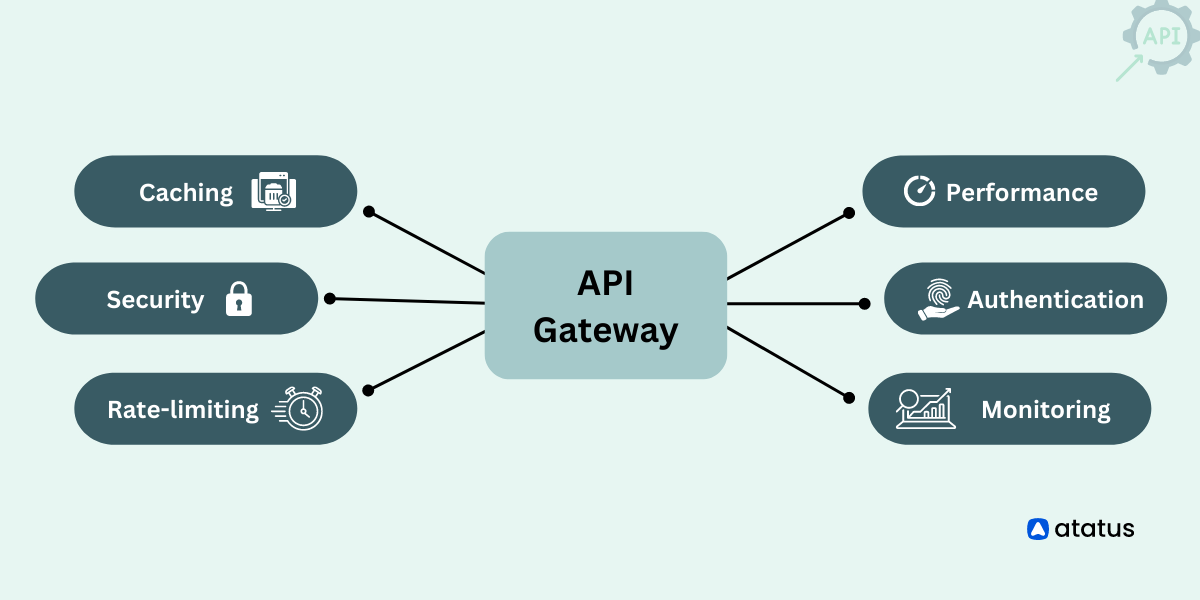CrescentOne Academy Glossary
CrescentOne Academy global glossary
Special | A | B | C | D | E | F | G | H | I | J | K | L | M | N | O | P | Q | R | S | T | U | V | W | X | Y | Z | ALL
A |
|---|
APIAn application programming interface (API) is a way for two or more computer programs to communicate with each other. It is a type of software interface, offering a service to other pieces of software.
| ||
API architectural styles
| ||
API Gateway | |
ATOThis strategy requires that basic parts of the product are already manufactured, however not yet assembled. Once a customer's order has been received, the parts of the product are quickly being assembled and sent out. | ||
B |
|---|
BOMA bill of materials or product structure (sometimes bill of material, BOM or associated list) is a list of the raw materials, sub-assemblies, intermediate assemblies, sub-components, parts, and the quantities of each needed to manufacture an end product. A BOM may be used for communication between manufacturing partners or confined to a single manufacturing plant. A bill of materials is often tied to a production order whose issuance may generate reservations for components in the bill of materials that are in stock and requisitions for components that are not in stock. | ||
C |
|---|
CRMCustomer relationship management (CRM) is a process in which a business or other organization administers its interactions with customers. The primary goal of CRM systems is integration and automation of sales, marketing, and customer support. Therefore, these systems typically have a dashboard that gives an overall view of the three functions on a single customer view, a single page for each customer that a company may have. | ||
D |
|---|
Digital TransformationDigital transformation is the process of adoption and implementation of digital technology by an organization in order to create new or modify existing products, services and operations. The practice of redefining models, functions, operations, processes and activities by leveraging technological advancements to build an efficient digital business environment – one where gains (operational and financial) are maximised, and costs and risks are minimised. | ||
E |
|---|
ERPEnterprise resource planning (ERP) is the integrated management of main business processes, often in real-time and mediated by software and technology. ERP is usually referred to as a category of business management software—typically a suite of integrated applications—that an organization can use to collect, store, manage and interpret data from many business activities. | ||
ETOIn ETO, after an order is received, a part of or the whole design starts to be developed. Construction by general contractors and plant construction by engineering companies are categorized as ETO. Engineer to order is a production approach characterized by:
The difference between the ETO approach to production and make to order products is that engineering original products to order includes the entire design process. In MTO companies typically have a fixed design and specifications to start with. The existing design is followed, even if the customer requests some customization of dimensions or materials. In engineering to meet unique customer orders, designs spring from collaboration with the customer, beginning with a need and a concept. | ||
